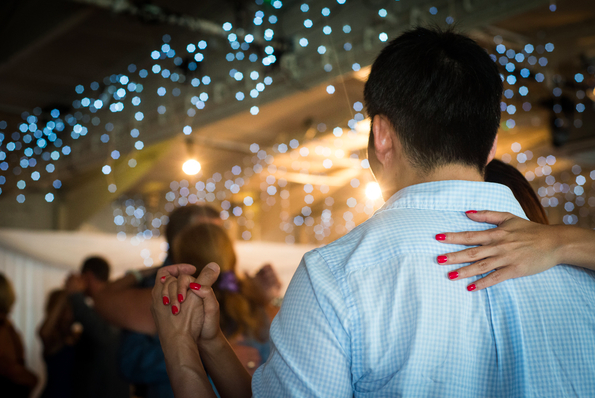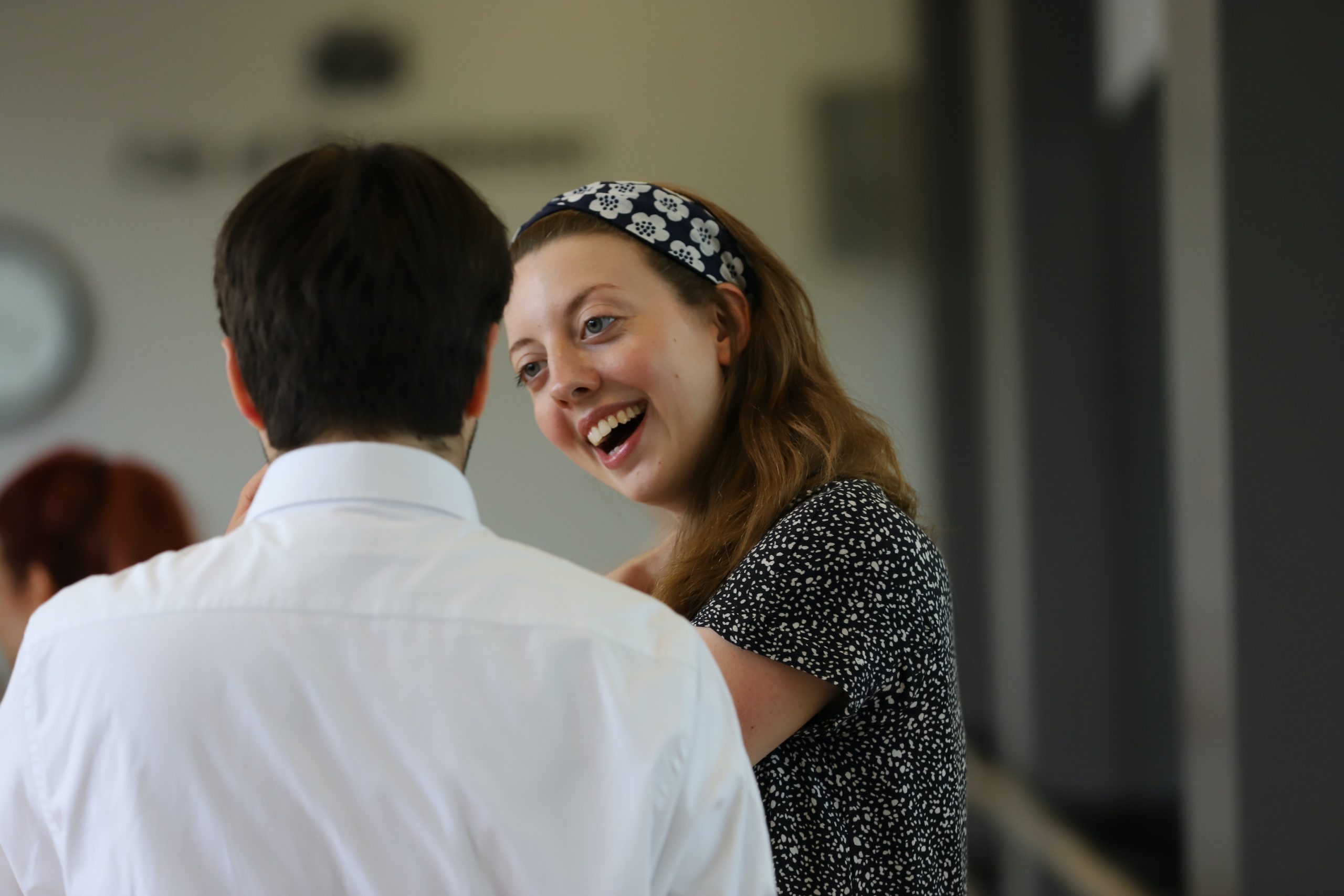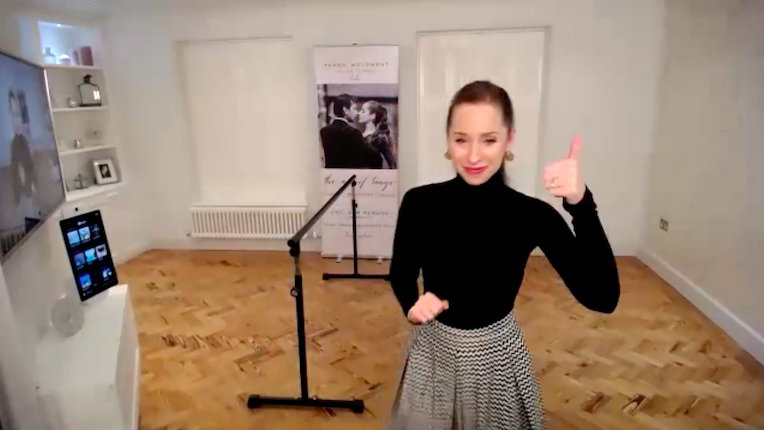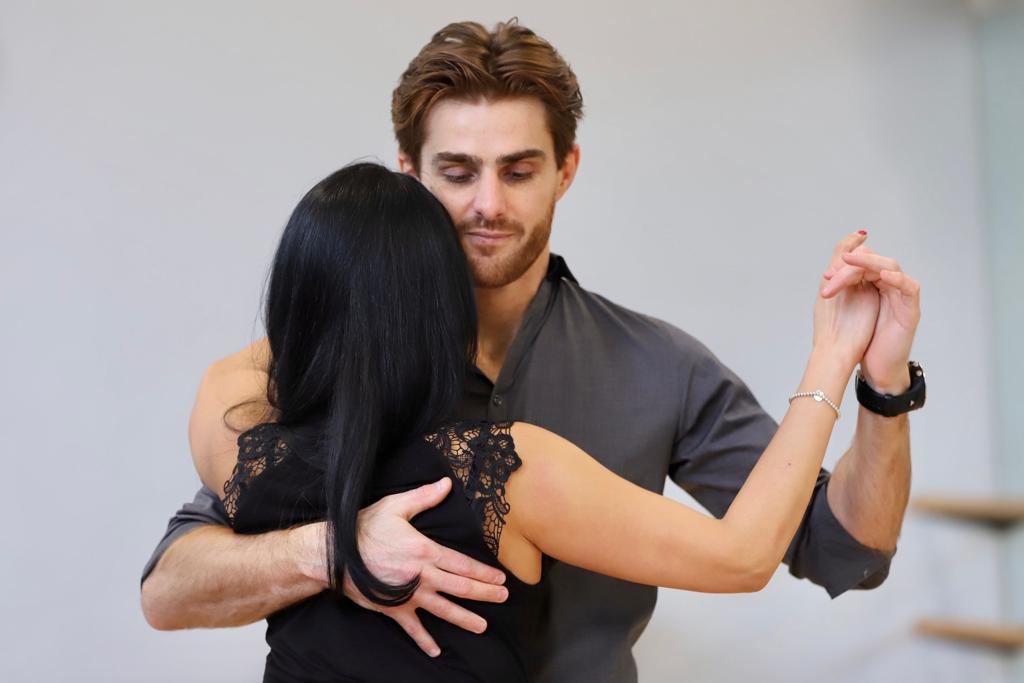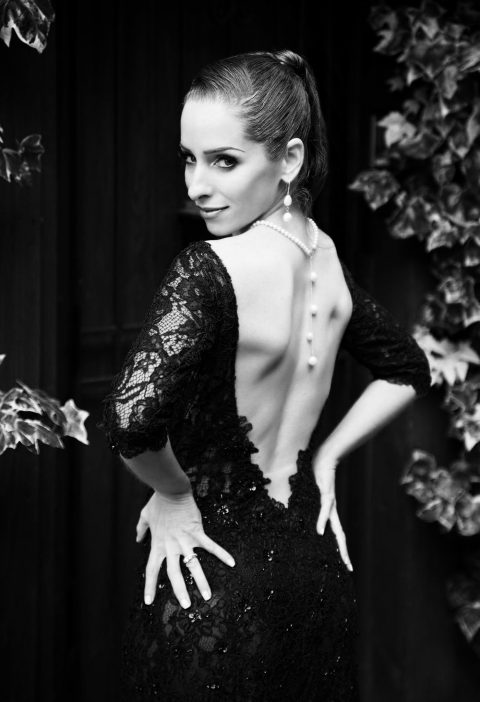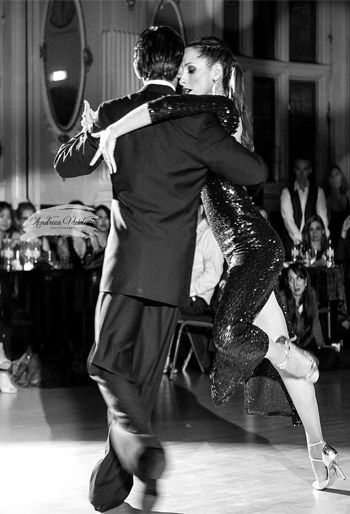What is the Milonga?
For the uninitiated, the “milonga” is the club where we dance tango socially. In fact, it is what it’s all about. When we go to classes we are essentially learning how to be ready for the milonga.
And there are many milongas, not just in Buenos Aires, but in London and around the world.
In class, to a certain extent, we recreate the conditions of the milonga. We dance in an anti-clockwise direction (“the line of dance”), try to avoid collisions with other couples and learn to improvise so that our steps can adapt to the ever-changing shape of the dance floor. We even change partners at regular intervals – by eye contact – just like in the milonga.
When should I go for the first time?
Students often ask me how much experience they need before going to the milonga. It’s a question that’s tricky to answer!
There is no such thing as a “milonga licence”, like a driving licence! Anyone can turn up and dance. But whether you would actually want to go – without first getting a bit of experience – that is another matter.
One Student
The other day in class a student – who had only ever taken 3 or 4 tango classes – told me he had gone to the milonga
I asked him how it went. With a rueful smile he said:
“It was actually a little traumatic, I couldn’t remember anything, everyone else seemed to know what they were doing and there was this guy behind me who kept tutting at me like I was getting in his way”.
I was a little struck by his description of his experience as “traumatic”. We dance tango for pleasure and to escape the stresses of everyday life … not to add to them.
Luckily, the experience hasn’t put him off. He has come back to classes and is working doubly hard on his tango. But he may leave it it a little while until he returns to the milonga.
So how do we know if it is the right time to go to the milonga and how do we make sure we have as positive an experience as possible?
Why Is the Milonga Different to Class?
Theoretically, going to the milonga shouldn’t be so different to going to class. And if you can get round the dance floor in a class without too many collisions, it shouldn’t be that big a deal to go the millonga …right?
It sounds plausible in theory but it is in fact quite common to get a bit of “stage fright” when we go to the milonga, however irrational that may seem irrational! We know that people aren’t really watching us. We know there is no panel of judges who will be giving us the thumbs up … or the thumbs down. And yet, we can’t seem to shake the feeling that this is the “real thing” …
We don’t want to let our partner down. We don’t want to get in the way of the others on the dance floor. And are those people on the sidelines enjoying a quiet drink or are they watching us? Our palms begin to sweat …
Getting It Right
Listen to your teacher and listen to yourself. Most students start to go to the milonga after a few months of classes, but it’s got to feel right for you.
I had one happy-go-lucky guy who just threw himself into the deep end in his first week of tango without any trauma at all. It was his nature to let very little ruffle his feathers.
Another student could not bring himself to go for more than a year, despite dancing really well. Again, it was just his personality to take a more cautious approach and he wanted to wait until he felt truly comfortable.
Not Everyone is An Expert
When you go to the milonga for the first time it feels like everyone knows what they’re doing.
I felt exactly the same myself. I hadn’t been dancing tango for very long at all and I remember staring at all the couples on the dance floor, wondering how on earth they knew where to put their feet. They all seemed like experts to me.
Of course there will be some really good dancers on the dance floor. However, not everyone will be as experienced as they seem.
When we’re new it is easy to get little over-awed by the group as a whole and we tend not to notice those dancers who are less confident. Bur if you look a bit more carefully, you will see them (and you won’t feel so alone)!
And remember, those who seem so advanced to you now might seem less so a few months time, once you have more experience. And maybe one day someone will look at you and wonder how you know where to put your feet!
The “Codigos”
If you’re going to the milonga for the first time it is a good idea to know a little bit about “codigos” (the rules of the dance floor).
Remember there is no consequence of breaking the codigos. There is no tango police! But it can make your (and others’) experience more enjoyable.
Some of them you’ll have already picked up In class. You will have been dancing in an anti-clockwise direction and it’s amazing how quickly this becomes entrenched. It is rare to people walking in the wrong direction even in our beginners classes.
And a lot of the other codigos are quite logical and would apply in every day life, like for example trying not to bump into other people or if someone doesn’t accept a dance with you, not to harrass them about it.
Other codigos you’ll “learn on the job”. You’ll probably find the extent to which they are applied in practice varies from milonga to milonga, so you will need to play it by ear a little.
But here are a few definite “don’ts” for the dance floor that should help smooth your way for your first time:
Definite “Don’ts”
1) Don’t walk across the dance floor at any time – always walk around edge of the dance floor even if the music has stopped.
2) Don’t have a chat while dancing. Wait until the music comes to an end for the small talk!
3) Don’t stay on the spot for too long. Be conscious that there will be people behind you as well as in front of you.
4) Don’t try out all your most flashy steps – keep it simple.
5) Don’t correct your partner’s technique on the dance floor…This is fine in a class (because you’re both there to learn) but not in the milonga.
First Time Survival Guide: Leaders
Keep it simple, stick to what you know and keep your eye on the road ahead!
Believe me, your partner will be more than happy if you simply walk with her and stop before you collide with the couple ahead of you. Tango is in its essence a beautiful, harmonious walk. Never underestimate how much your partner will enjoy this!
Your partner will be rather less happy if you try steps that you haven’t fully mastered yet. Those steps are you for to play with and polish in class. You can think of them as still in the “workshop”, and not yet “milonga-ready”.
First Time Survival Guide: Followers
The complete opposite to riding on the the London Underground: it is all about keeping eye contact! Perhaps this as Londoners is something we don’t have much trainiing in!
Like me, you may find that your first instinct is to look down as soon as someone looks your way. It’s hard at first, but try to get used to holding eye contact and not looking away. I imagine I must have missed so many lovely dances until I got good at this! It tells your partner that you are ready and willing to dance and may give him the encouragement he needs to ask you to dance.
And finally
Don’t put yourself under any pressure to dance the whole time. It is also fine to sit and observe. And It can be pretty fascinating and actually we can learn a lot watching others dance. It’s one of my favourite hobbies (other than dancing of course!)
Our Nights Out
Keep an eye out on our website for our next Student Night Out, which we organise every few months. They are very sociable evenings when the whole of Tango Movement gets together. They are also fantastic for those new to tango as it is much better to enjoy yourself at your first milonga if you are accompanied – and supported by – people you’ve already met (and probably already danced with) in class.
So let’s raise a glass and toast to your happy – and not at all “traumatic” – first milonga experience!

